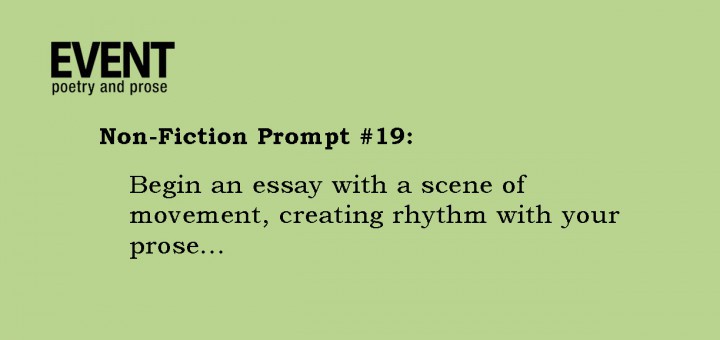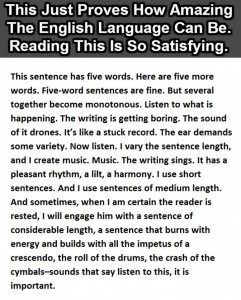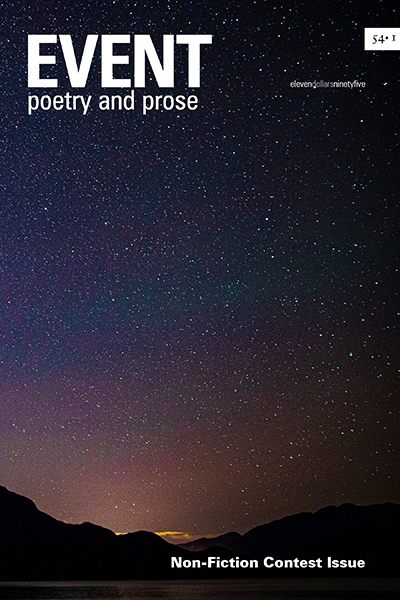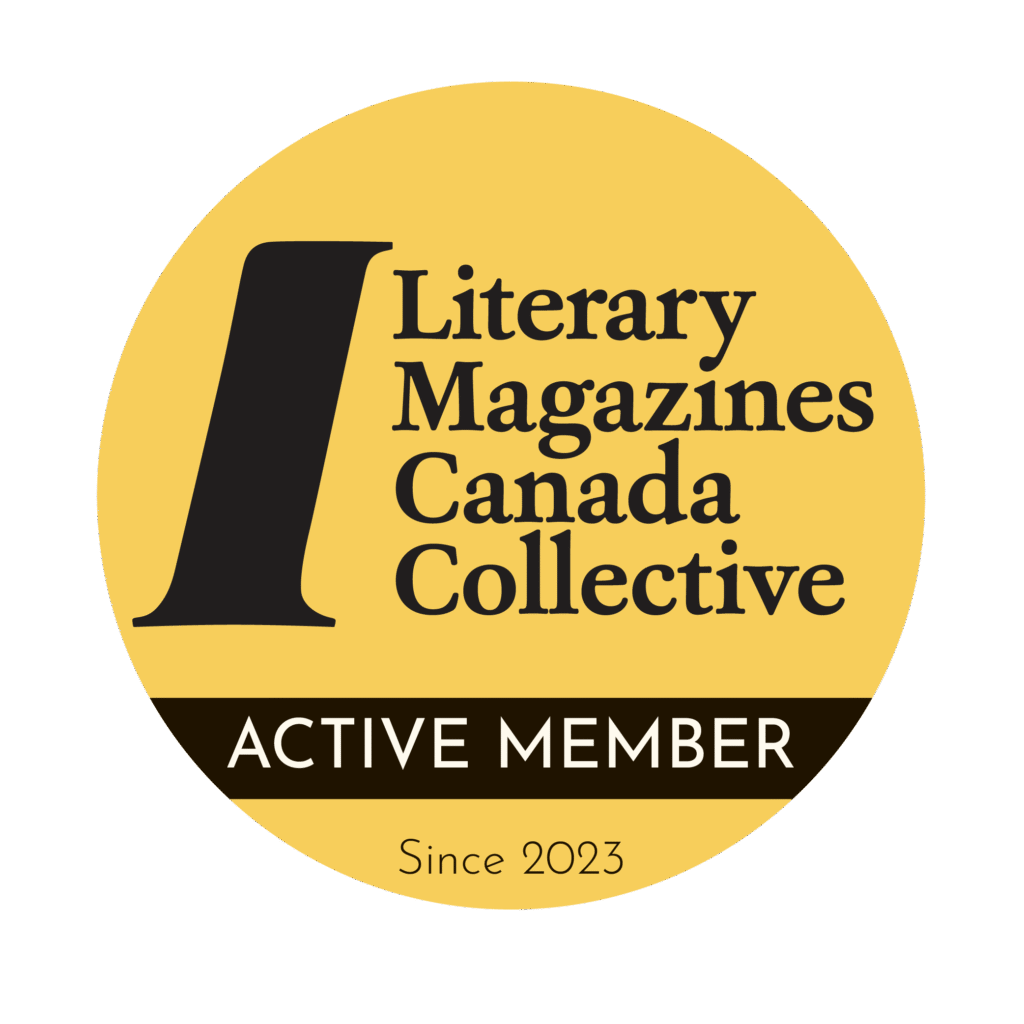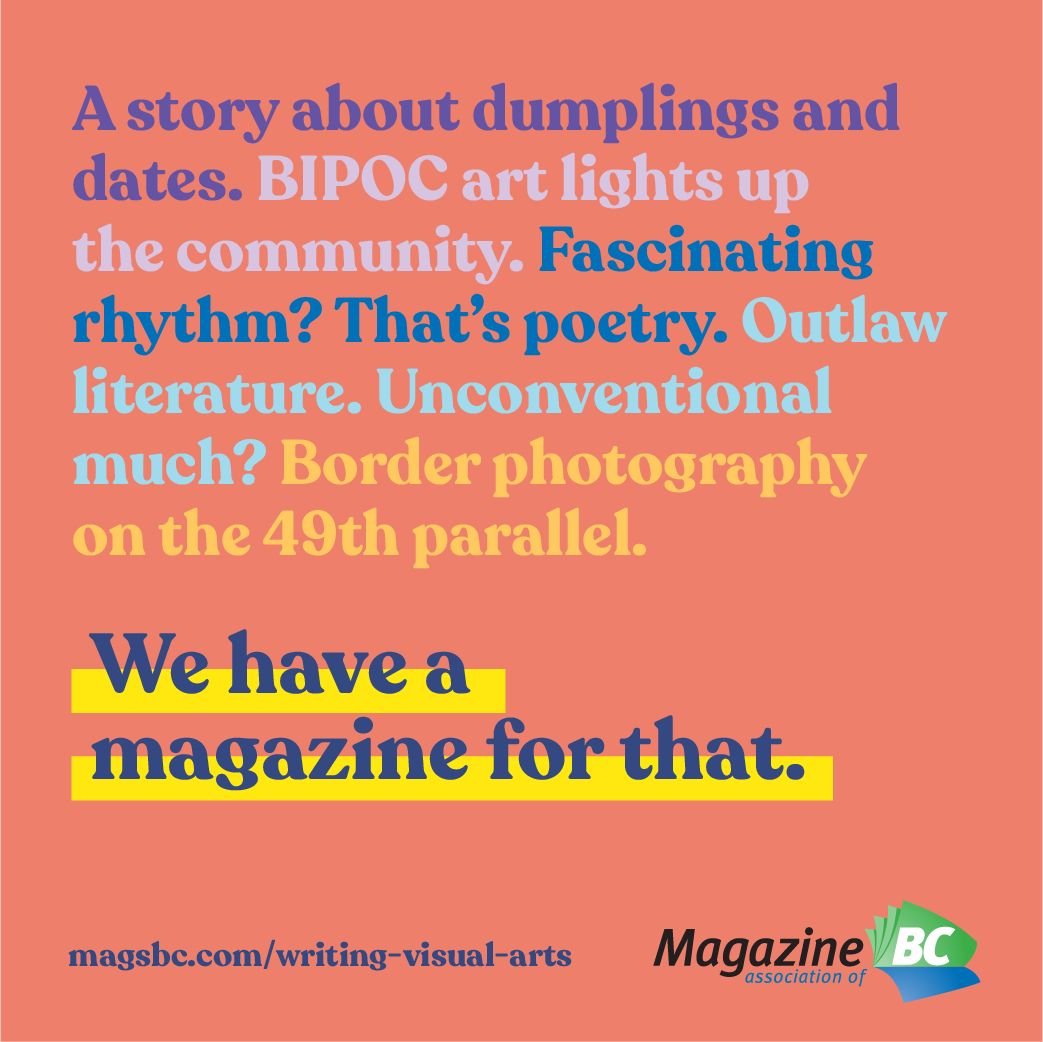Non-Fiction Prompt #19
About a year ago, I came across the following image, which a friend had posted on Facebook:
Since then, I’ve showed it to three different creative writing classes, projecting it on the screen and reading it aloud. It gets the point across satisfyingly well: varying sentence length and structure can add musicality to a piece of writing.
While sound and rhythm tend to get more attention in poetry, they’re important in prose, too, though perhaps more subtle. Read aloud the following excerpt from Richard Selzer’s “The Knife,” an essay where he writes about performing open-heart surgery:
One holds the knife as one holds the bow of a cello or a tulip-by the stem. Not palmed nor gripped nor grasped, but lightly, with the tips of the fingers. The knife is not for pressing. It is for drawing across the field of skin. Like a slender fish, it waits, at the ready, then, go! It darts, followed by a fine wake of red. The flesh parts, falling away to yellow globules of fat. Even now, after so many times, I still marvel at its power — cold, gleaming, silent. More, I am still struck with a kind of dread that it is I in whose hand the blade travels, that my hand is its vehicle, that yet again this terrible steel-bellied thing and I have conspired for a most unnatural purpose, the laying open of the body of a human being.
…There is sound, the tight click of clamps fixing teeth into severed blood vessels, the snuffle and gargle of the suction machine clearing the field of blood for the next stroke, the litany of monosyllables with which one prays his way down and in: clamp, sponge, suture, tie, cut. And there is color. The green of the cloth, the white of the sponges, the red and yellow of the body. Beneath the fat lies the fascia, the tough fibrous sheet encasing the muscles. It must be sliced and the red beef of the muscles separated. Now there are retractors to hold apart the wound. Hands move together, part, weave. We are fully engaged, like children absorbed in a game or the craftsmen of some place like Damascus.
Selzer adds musicality to his prose by playing with sentence length, and gives his piece a patient, careful pace through the density of the details he includes. He uses parallel structure to create rhythm: “The green of the cloth, the white of the sponges, the red and the yellow of the body.” Sections of his prose are beautifully iambic: “Not palmed nor gripped nor grasped…”
Selzer also adds interesting sounds by using the vocabulary of his profession, words like “retractors” and “fascia” and “suture.” He balances out technical vocabulary with vivid sensory detail–colour, sound, texture.
For this prompt, write a piece that begins with a description of movement: a time you saw somebody dancing drunkenly or beautifully; a scene of your dachshund’s awkward running; teaching your kid to drive for the first time; a memory from high school marching band. The purpose of the exercise is 1) to create music through your phrasing and sentence length/structure. 2) to be conscious of the stylistic choices you make while writing, taking advantage of the many options for technique.
—
Details on EVENT’s 2016 annual Non-Fiction Contest.





